The FIS World Cup Slopestyle season kicks off once again at the Stubai Zoo in Austria. With this being the first year of Olympic qualification for Milano-Cortina 2026, there’s added intrigue as riders vie to establish themselves at the top of the food chain.
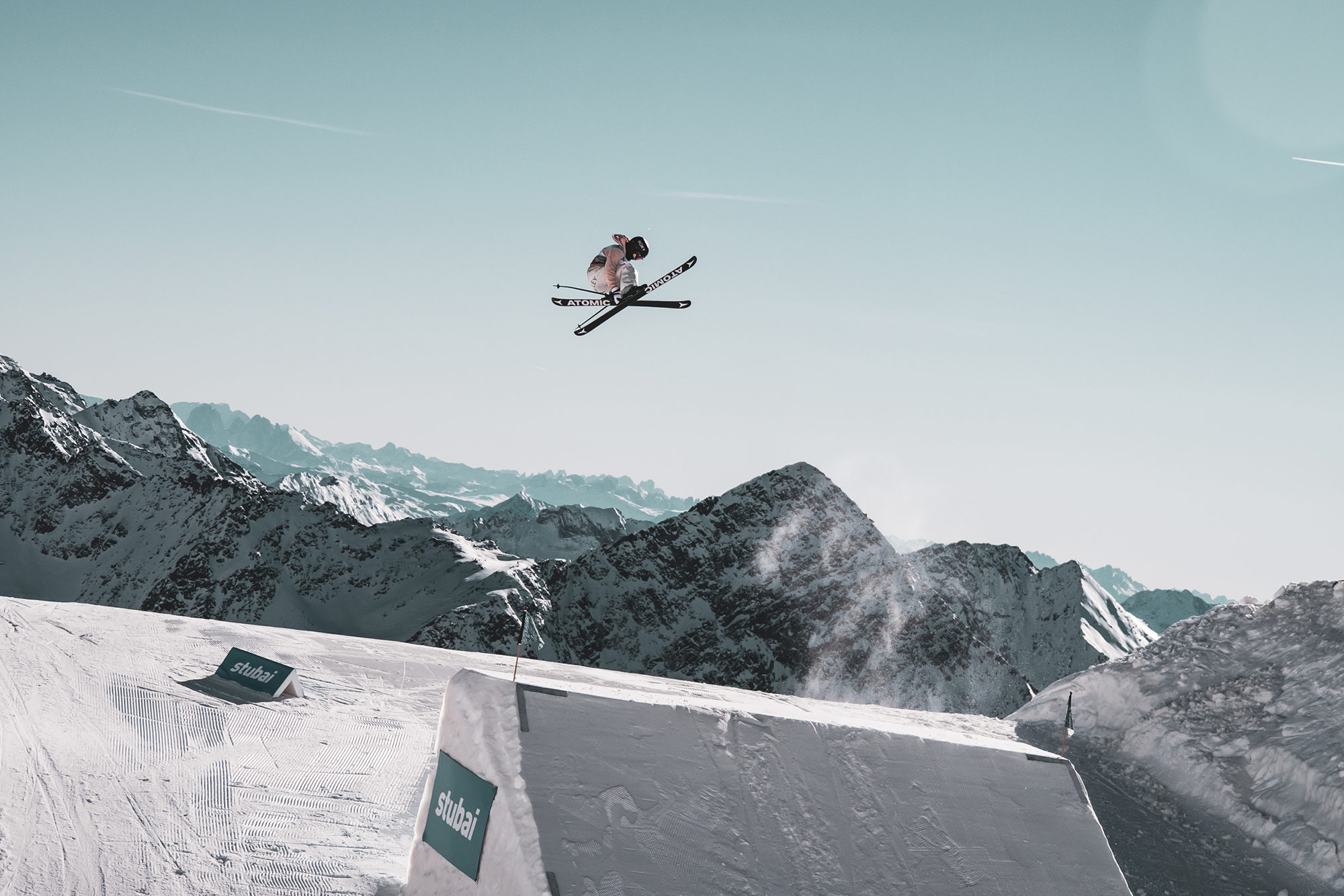
Event News
please do not feed the animals
World Cup slopestyle season kicks off in Stubai
Last year’s weather-affected finals meant that the results were taken from the qualifying rounds, leading to Evan McEachran’s first-ever World Cup win. On the women’s side, Mathilde Gremaud won last year—will she be able to defend the title?
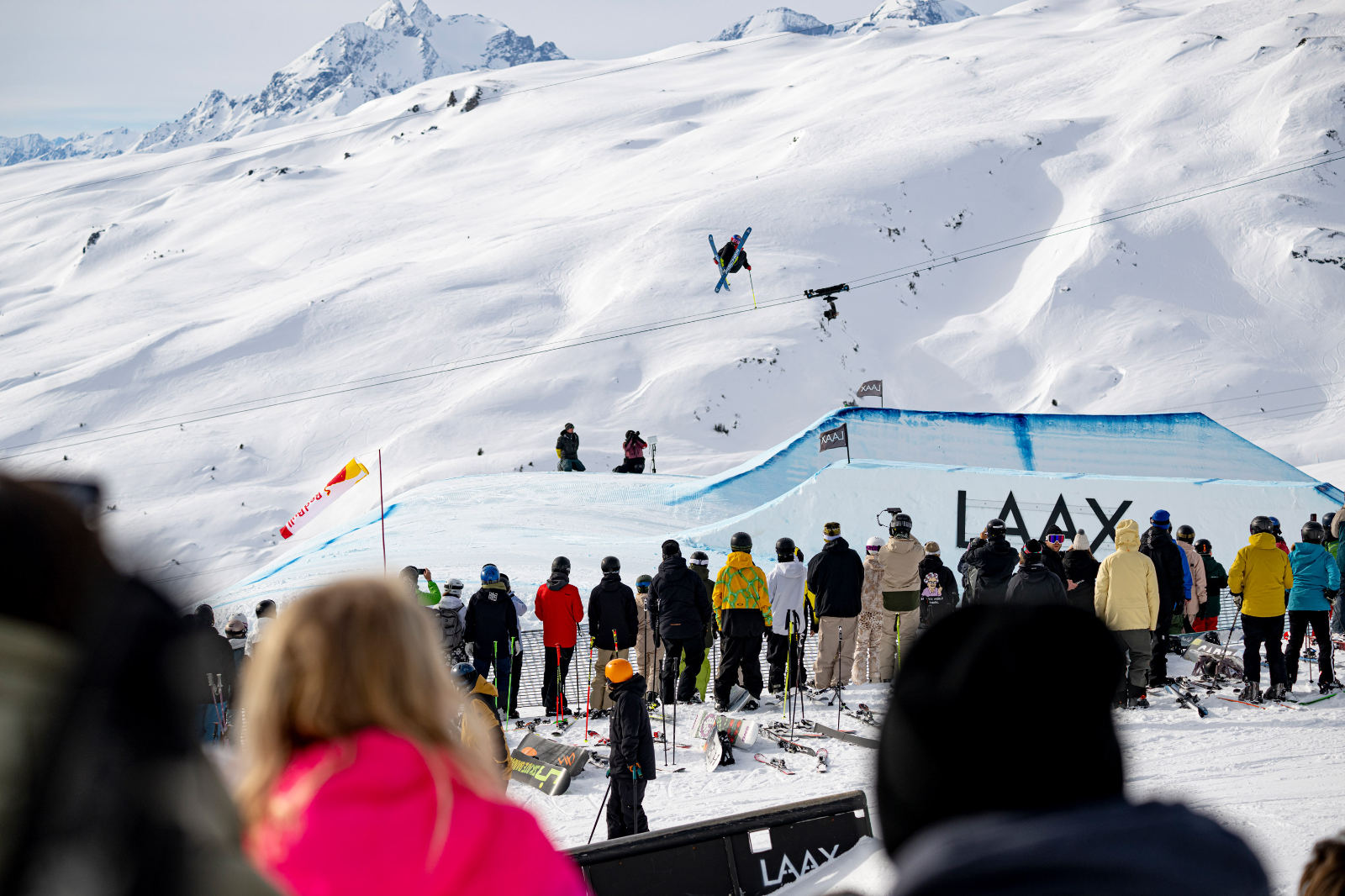
What To Expect in Slopestyle This Season
Last year’s World Cup slopestyle contests were some of the best in the FIS era — both in terms of the courses and the riding.
Creative course design—and use—is what sets slopestyle apart from the other two disciplines. Thankfully, slopestyle courses have moved away from the “three rails followed by three jumps” formula. This make the contests more enjoyable to watch, not only by giving room for creative expression, but also by testing competitors in different ways.
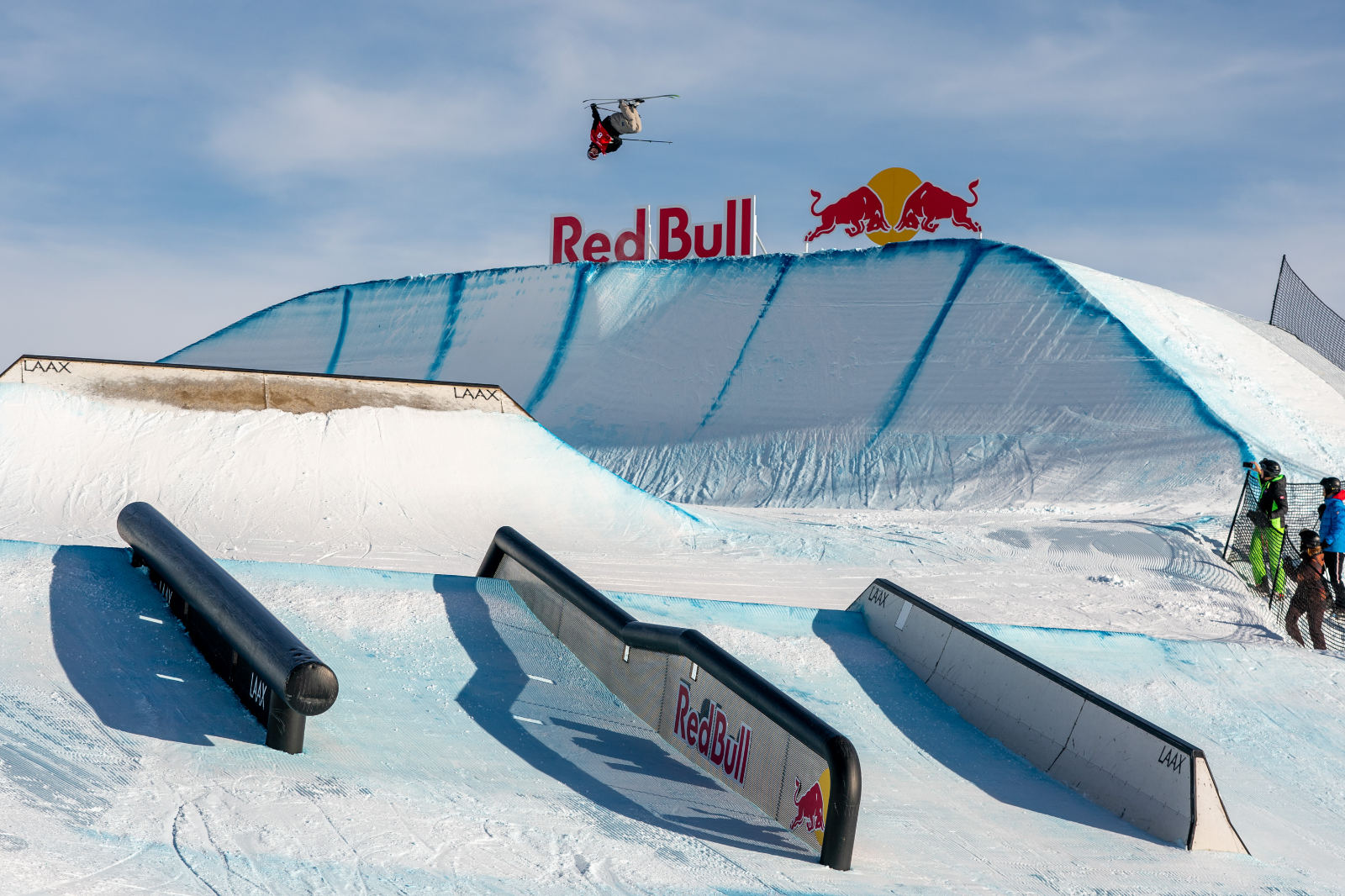
The Laax Open and Corvatsch both regularly feature mandatory quarterpipe and “shark fin” take-off features, which test the skier’s ability to ride transition and, in some cases, expose shortcomings. Gone are the days when riders could reproduce a contest run across multiple different events; nowadays, riders have to improvise during practice and adjust their tricks to the terrain.
Today’s courses, where it takes an all-round “good skier” to navigate the terrain, are testing the skier’s ability in a variety of ways. The judges are evaluating the riders’ skiing between features and their approaches to rails and ride-outs—not just the tricks done on the features themselves. Switch pizzas before a rail or showing an inability to effectively ride transition will affect a competitor’s score. Conversely, switch carving to manage speed and choosing to use the more difficult transition take-offs may well see skiers rewarded for their efforts.
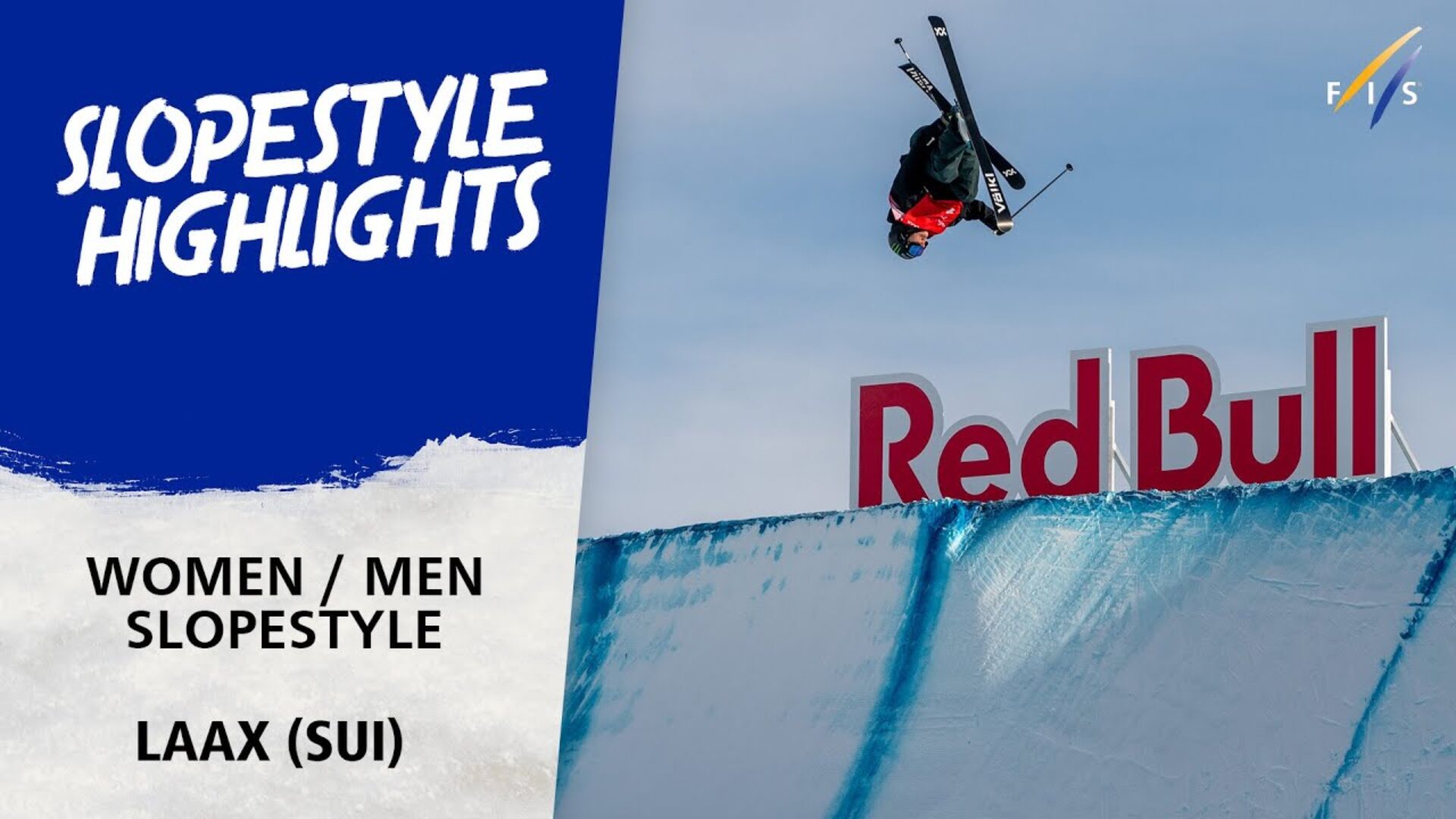
The consistency and level of riding during the last few years has been mind-blowing. Riders have produced some rail lines that were worthy of video parts and introduced Big Air tricks into full slopestyle runs. This season the level of competition will rise even further, with no one’s place in the national squad guaranteed and fierce challenges from the talented younger generation. If you are standing still, the herd will leave you behind.
FIS World Cup Slopestyle Schedule
Stubai, Austria
22-23 November 2024
Laax, Switzerland
14-17 January 2025
Aspen, USA
30-06 February 2025
Stoneham, Canada
20-22 February 2025
Tignes, France
11-14 March 2025
Judging Procedure: Overall Impression vs. Section By Section
Stubai is one of the tightest courses on the circuit, with little margin for error through the rail section. In the past, the judges rewarded speed and flow through these sections, but slowing down and taking a creative line has been proved to be rewarded just as highly if executed well.
For the qualifying heats, Overall Impression (OI) judging will be used to rank the riders based on five criteria, all weighted equally: Progression, Amplitude, Variety, Execution and Difficulty. The scores themselves are only a tool to rank the riders in the correct order from best run to worst.
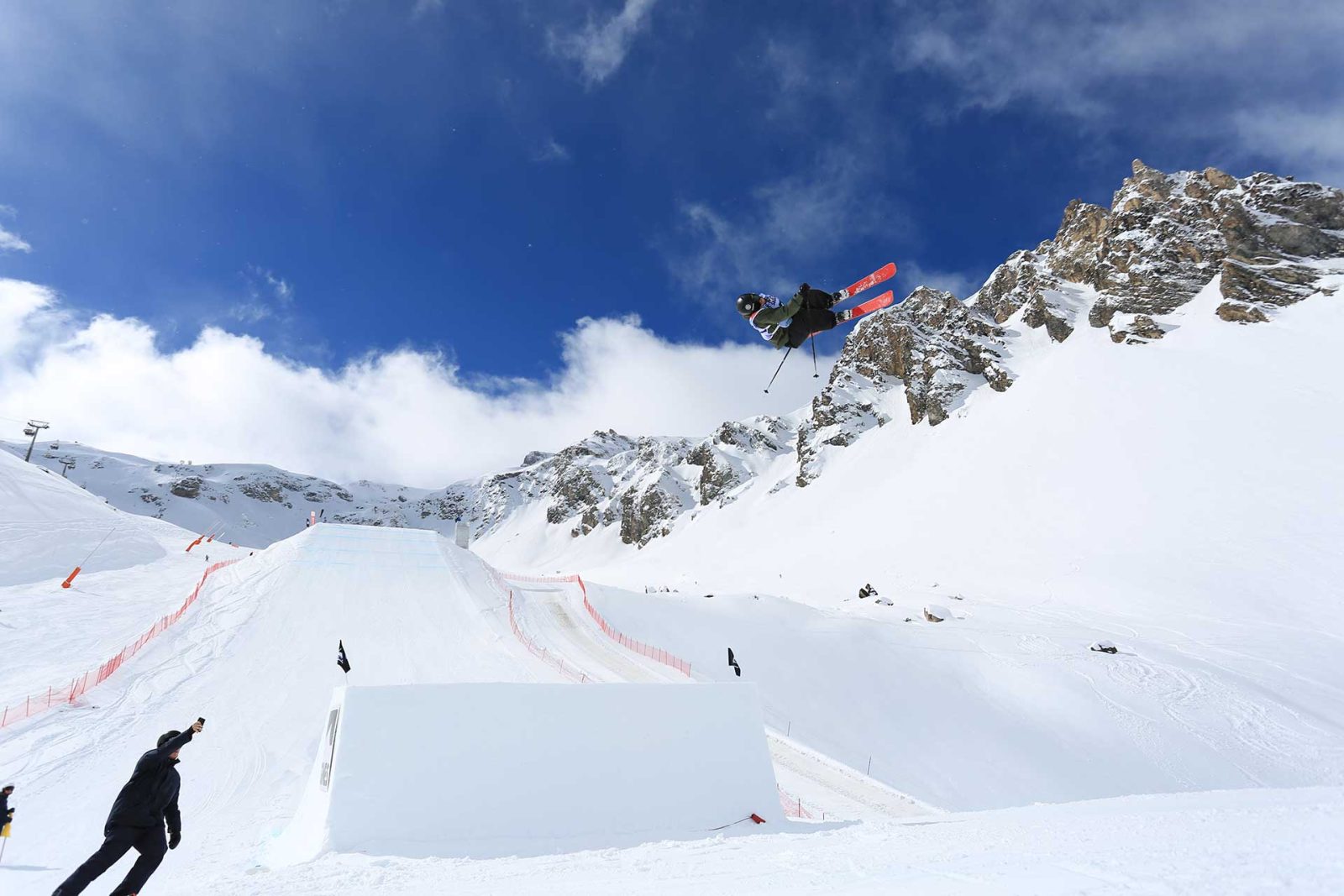
For the finals, the judging format will switch to what’s called Section by Section (SBS) judging. The course is divided up into “sections,” usually consisting of two features. Each section will be judged by a minimum of two judges. The idea is to break the course down into individual features and judge each feature independently. This allows the section judges to focus exclusively on the features in their section, in theory providing a more accurate result.
In addition to the section judges, there are three “composition” judges. The role of these judges is to evaluate the whole run from top to bottom, paying extra attention to variety. This means watching whether a rider can demonstrate tricks in all four directions, sliding rails with either foot forward, showing a variety of axe and grabs, grabbing with both hands, and so on. The composition judges balance out the section judges’ narrow focus on individual features; a rider spinning in only one direction down the whole course might score well on each section, but the composition judges will hammer their score for a lack of variety.
All of the section scores and the composition score are added together to create the final score: 60% from sections and 40% composition.
For now, the FIS heads have agreed that this method produces the best results, while acknowledging that the system isn’t flawless. In any case, the detailed feedback that rides gain by having their score broken down by individual features is a useful tool for riders and coaches for knowing where improvements can be made.
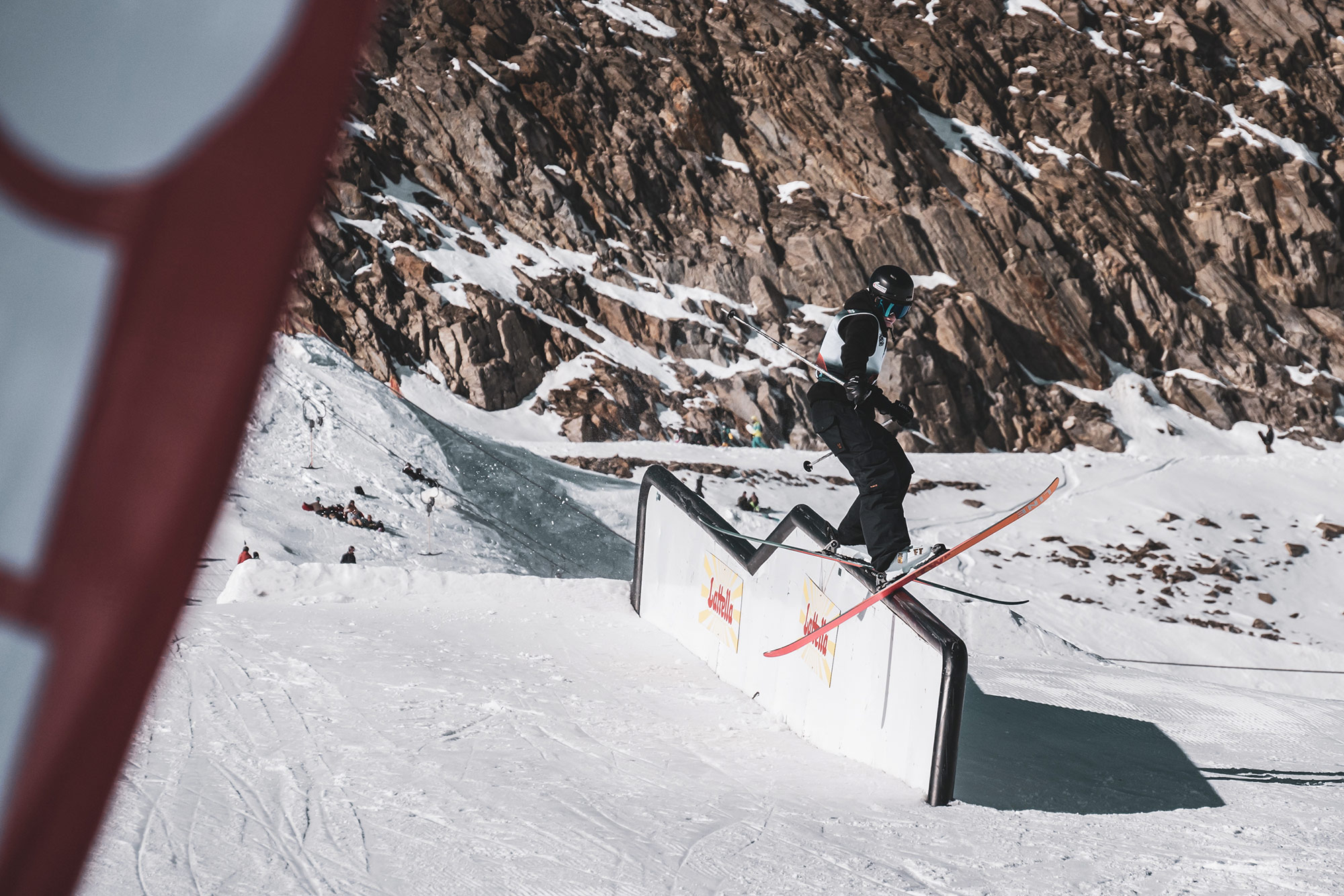
A lot of riders have already been skiing up at the Stubai park, named the “Stubai Zoo,” taking advantage of the early season Prime Park sessions. With Olympic qualification on the line, most of the heavy-hitting Olympic hopefuls should be on the start list looking to secure a squad place early in the cycle.
Will anyone rattle the Americans’ cage, or will they continue where they left off at the end of last season, with Mac Forehand and Alex Hall leading the pack? Can anyone hunt down and challenge the alpha females of the pride, Mathilde Gremaud and Tess Ledeux?
Like the animal kingdom, contest skiing is hard to stay at the top for long. Who will rise to be King of the Jungle in the Stubai Zoo?
Stubai World Cup Livestream Info
Stay tuned, we’ll keep you updated here with livestream info as soon as we receive it.